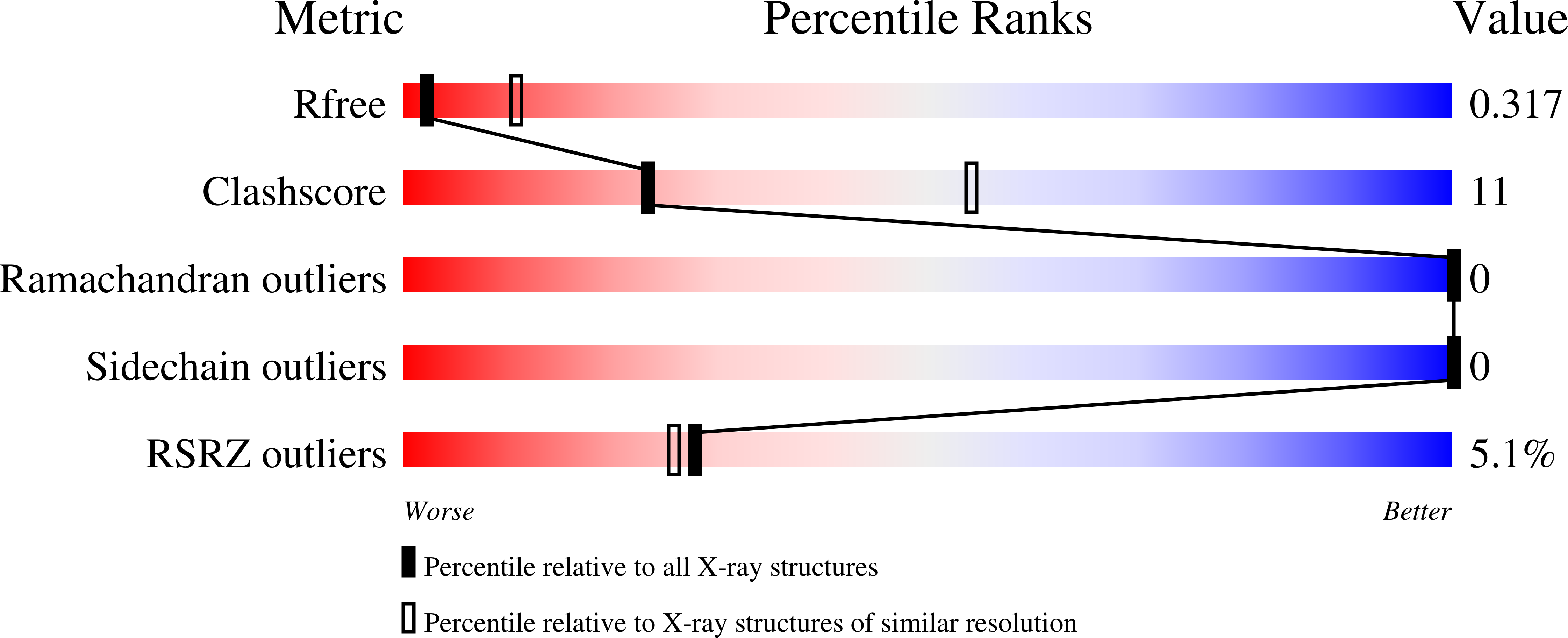
Deposition Date
2021-05-06
Release Date
2021-07-07
Last Version Date
2024-11-13
Entry Detail
Biological Source:
Source Organism:
Saccharomyces cerevisiae (strain ATCC 204508 / S288c) (Taxon ID: 559292)
Saccharomyces cerevisiae A364A (Taxon ID: 765312)
Saccharomyces cerevisiae A364A (Taxon ID: 765312)
Host Organism:
Method Details:
Experimental Method:
Resolution:
3.29 Å
R-Value Free:
0.31
R-Value Work:
0.29
R-Value Observed:
0.29
Space Group:
P 21 21 2


